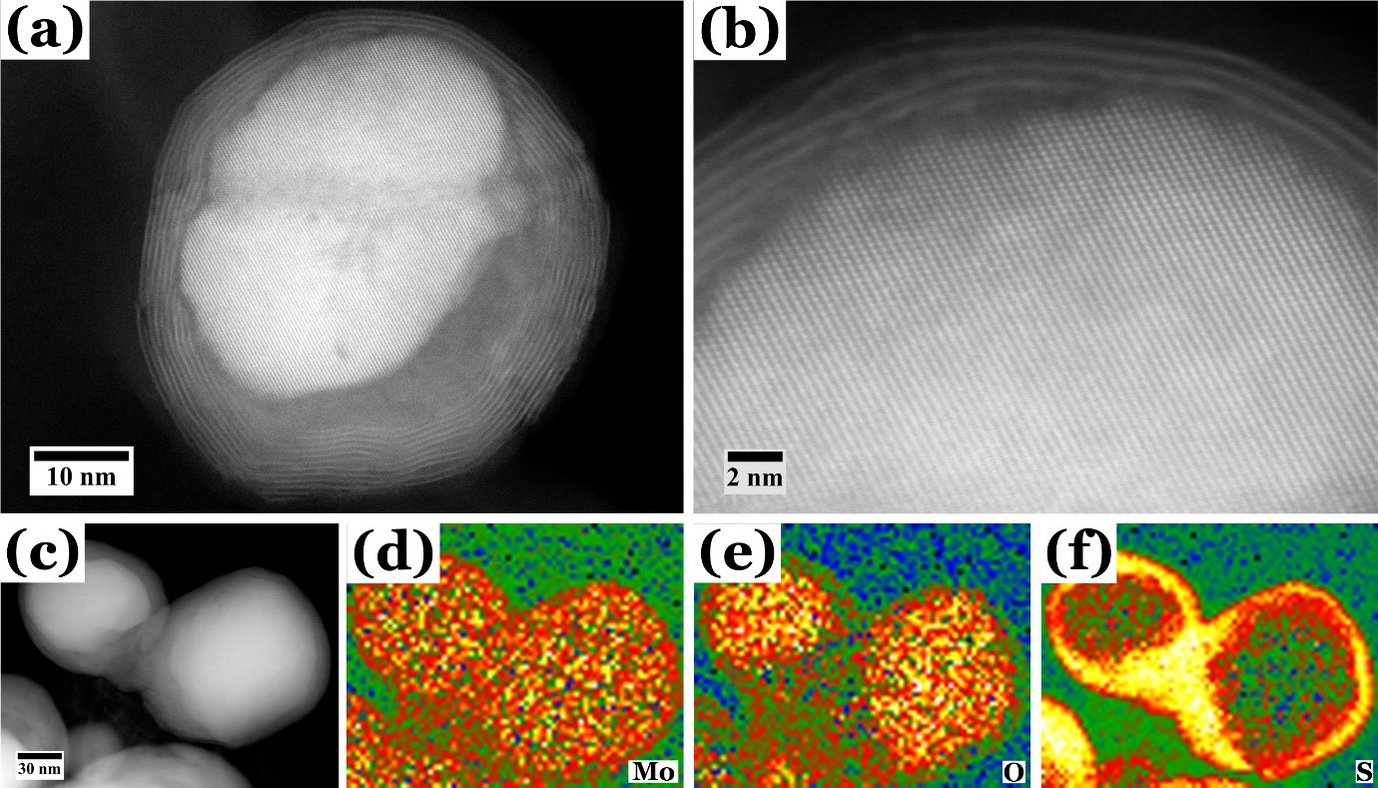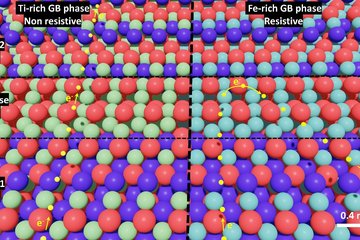
CarMON: Carbon Metal-Oxide Nanohybrids
The CarMON project, short for Carbon Metal-Oxide Nanohybrids, is performed by the INP - Leibniz Institute for Plasma Science and Technology (Greifswald), the INM - Leibniz Institute for New Materials (Saarbrücken) and our group. Novel materials are developed by combining metal oxides and carbonaceous materials for electrochemical energy storage and water desalination. Synergistic effects on the nanoscale between these two material types can lead to overall increased performance.
Due to the increasing energy demands of our society, new concepts for energy storage are needed. One promising way of increasing the energy storage efficiency and longevity is to combine carbon materials with metal oxides. A combination of these two material types can lead to an overall increased electrical conductivity, better stability in harsh chemical environments, and higher efficiency. To achieve this, not only new synthesis pathways but also new material combinations are targeted during the CarMON project. The material portfolio includes besides the metal oxides also metal sulfides.
Together with our project partners we investigate new synthesis and deposition concepts, for example, plasma-in-liquid synthesis, electrospinning combined with thermal sulfidation, or plasma ion-assisted deposition. The goal is to link the materials’ electrochemical properties, synthesis parameters and the evolving micro/nanostructure. The detailed microscopic investigation is performed in our group, mainly by advanced (scanning) transmission electron microscopic techniques ((S)TEM). High-resolution (S)TEM measurements and electron (nanobeam) diffraction techniques reveal the crystallinity and phase composition of the samples. Additionally, spectroscopic techniques like energy-dispersive X-ray (EDX) spectroscopy or electron energy-loss spectroscopy (EELS) provide information about the chemical composition and oxidation states. We perform studies on core-shell nanoparticles [1], model thin films [2], and other morphologies [3].
For example, a vanadium oxide/carbon core/shell hybrid material was synthesized via a two-step procedure involving a thermal treatment step and subsequent washing in aqueous hydrochloric acid [3]. Needle-shaped V2O3 nanocrystals were observed by STEM surrounded by different layered carbon species. The material was tested as anode for lithium-ion batteries and showed improved performance after 500 cycles in the potential range of 0.01-3.00 V versus Li/Li+. This makes the hybrid attractive for future applications [3].













